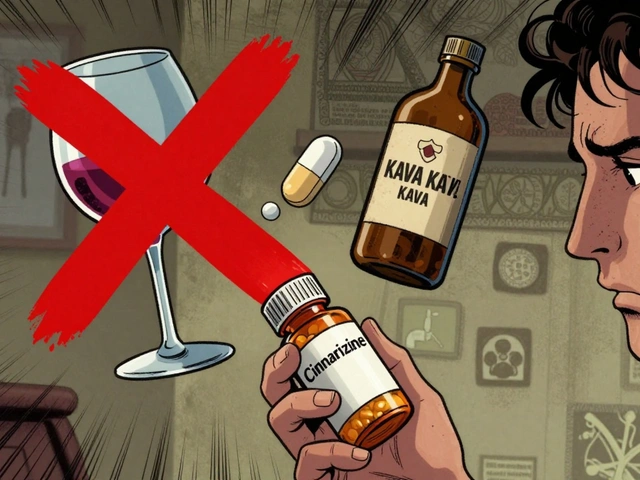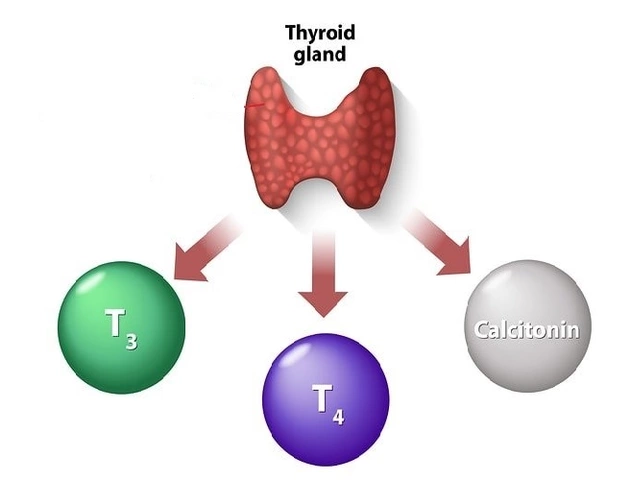Dosing Guide – Find the Right Medication Dosage Fast
Getting the correct dose can feel like a guessing game, but it doesn’t have to be. Whether you’re pulling out a prescription bottle or picking up an over‑the‑counter pain reliever, the right amount matters for effectiveness and safety.
Read the label – don’t skim
The first step is simple: look at the label. It tells you how much of the active ingredient is in each tablet, capsule, or milliliter of liquid. Pay attention to the strength (e.g., 10 mg vs. 20 mg) and any special instructions like “take with food” or “do not exceed X tablets per day.” If the label lists a dosage range, that’s usually based on age, weight, or severity of the condition.
Use a reliable calculator for weight‑based dosing
Many pediatric and oncology drugs are dosed by body weight (mg/kg). Grab a scale, note your weight in kilograms, then multiply by the prescribed mg/kg value. For example, if a medication calls for 0.5 mg/kg and you weigh 70 kg, the dose is 35 mg. A quick phone calculator or spreadsheet can save you from math errors.
When you’re unsure about the conversion, write it down step by step: weight → mg per kg → total mg → number of tablets (based on tablet strength). This paper trail helps avoid accidental double‑dosing.
Timing matters – set a schedule
Most drugs work best when taken at consistent intervals. If the label says “every 8 hours,” set alarms or use a pill organizer with compartments for morning, afternoon, and night. Skipping doses can reduce effectiveness, while taking two doses too close together can increase side effects.
If you miss a dose, check the instructions: some say to take it as soon as you remember unless it’s almost time for the next one. In that case, just skip the missed dose and resume your regular schedule—don’t double up.
Adjusting doses safely
Sometimes doctors tweak a dose after you start treatment. Common reasons include side effects, blood test results, or changes in kidney function. Never adjust on your own; always ask the prescriber how to change the amount and when to check back.
If you’re using an over‑the‑counter product like acetaminophen, watch the total daily limit (usually 4 g for adults). Adding multiple products that contain the same ingredient can push you past safe limits without realizing it.
Ask questions – it’s okay to be thorough
When a pharmacist or doctor explains a dose, repeat it back in your own words. “So I take one 500 mg tablet twice daily with meals, right?” This quick check catches misunderstandings before they become problems.
If you have any conditions that affect drug metabolism—like liver disease, kidney issues, or pregnancy—bring them up. Those factors often require a lower starting dose.
Keep records for future visits
Write down every medication, its strength, how often you take it, and any side effects you notice. A simple notebook or phone app makes it easy to share accurate info with any new healthcare provider.
Having a clear dosing history also helps pharmacists spot potential interactions when you add a new drug.
Bottom line
Good dosing starts with reading the label, calculating weight‑based amounts accurately, timing doses consistently, and staying in touch with your healthcare team. A few minutes of careful checking now can prevent headaches—or worse—later on. Stay aware, stay organized, and you’ll get the most out of every medication you take.






